The latest wine science news that could change the way you taste wine
Go to the most recent Wine Science News Digest
How do you keep track of the latest wine science news?
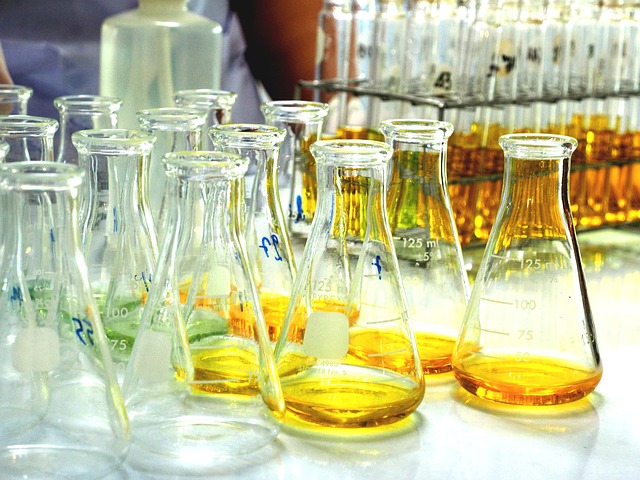
.... and why should it matter?
Wine science is a very active field of research, with every major wine region of the world having its own research institute. Most research teams aim to elucidate factors affecting wine quality and how their findings may impact the wine tasting experience. Keeping track of these science news can enrich your own tasting experiences.
Twitter and Feedly are the two social media platforms that I use regularly to stay informed of the latest wine science news. When I found an article of interest, I browse it first and may read it more attentively depending on the topic; I may also share it with my followers if it is worth noting. However these news tend to get lost somehow in the tsunami of information received everyday.
I read somewhere that a tweet lifespan was up to 2 hours!
I have started to keep track of wine science news worth mentioning to the subscribers of Wine Tasting Tips, and created a sort of “reader’s digest” of each piece of news.
Here is the latest wine science news!
National Post - August 4, 2017
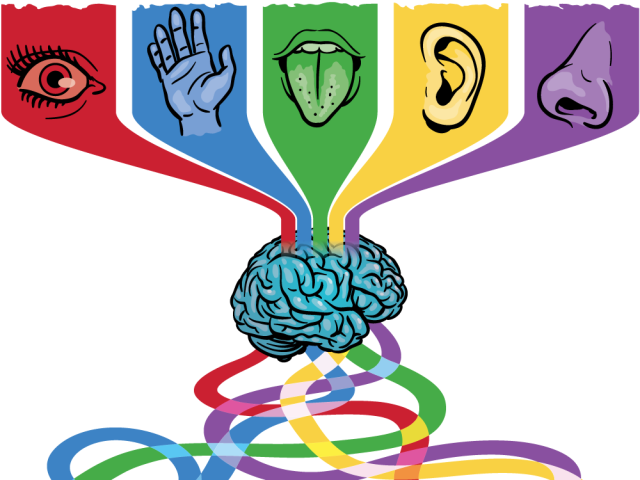
It’s not just about your tongue.
New studies on taste find that sight, hearing, smell and touch intertwine
There has been a lot of popular press describing how the shape or color of a food container affect the sensory experience we have with the food or beverage inside. A white mug would made coffee stronger and a red bowl would make popcorn sweeter.
This article describes another interest of Charles Spence's laboratory in Oxford: describing taste and aroma with music style and music pitch. It's a bit far stretched from wine science however wine tasters have used musical analogies to describe exceptional wines.
"...a group of subjects in the Oxford taste laboratory gave answers that, when plotted on a graph, showed a clear and consistent spectrum from the low pitches of smoke, musk and chocolate, upwards through the intermediate musical pitches with pepper, mushroom, caramel and violet, all the way to the highest pitches for apricot, lemon and apple."
I personally categorize aromas by colors to help me get as specific as possible. I would smell a "brown note" and this will trigger my investigation around aroma sources that have a brown color: e.g. caramel, chocolate, brown spices etc. In that case, my sense of sight and smell do not mingle- I don't see aromas-, I just use a strategy to help me describe more precisely my perceptions.
I am wondering if unconsciously, the participants of this study were also trying to categorize/describe aromas with low or high pitches.
Other hypotheses are proposed define if the senses are integrated physiologically or psychologically. As a sensory scientist, I would tend to believe these integrations are psychological, maybe unconscious but certainly conscious when different cues are given to us and they trigger particular expectations.
Access the article:
Wine Science News Digest (June 10-June 16 2017)
Only one article grabbed my attention this past week about a new study assessing the effect of wine label information on Australian consumers expectations of the wine and their actual sensory experience.
"Choosing the right wine at the point of sale whether in a wine store, in a restaurant or online can be a difficult task," says project leader Associate Professor Sue Bastian.
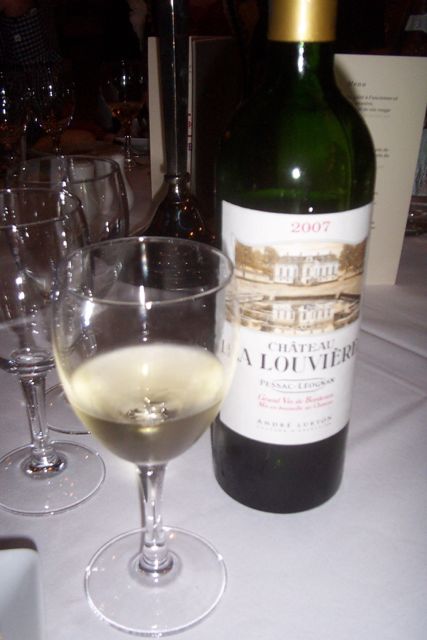
"The importance of wine labels and label information has been widely studied and it's been clearly shown that they represent useful information which influences consumer choice. Our study extends these findings, showing that wine descriptions also influence our whole wine consumption experience."
"Cleverly written wine and producer descriptions when coupled with unbranded wine tasting can evoke more positive emotions, increasing our positive perception of the wine, our estimation of its quality and the amount we would be willing to pay for it.”
I am sure you have experienced once in your wine tasting journey this phenomena: you are tasting a wine in a lovely setting, maybe the winemaker or the sommelier gave you an insightful description of the wine, its origin, its making. And you had the greatest experience.
Back home you taste the same wine, and it’s different, not so enjoyable.
The context and the wine bottle label can certainly influence the way how the wine tastes.
Wine Science News Digest (June 2-June 9 2017)
Here are 3 articles that you may also find worth reading and learning from.
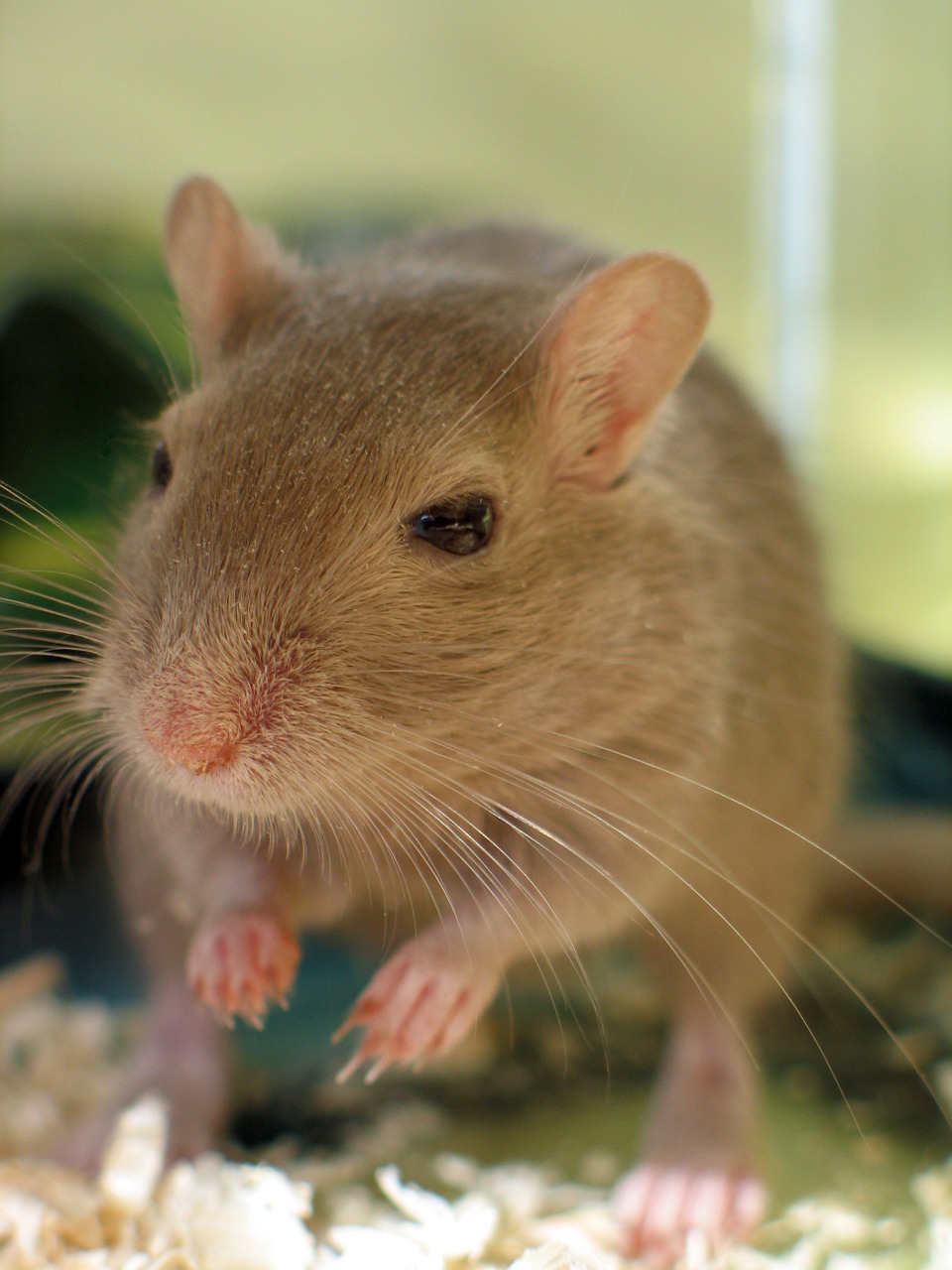
Why do some wines taste of mouse cage?
June 05, 2017
The article tackles the popular topic of natural wines, wines that are fermented using natural yeasts present on the grapes and in the winery environment, rather than adding commercial yeast to control the conversion of grape sugar and flavors into alcohol and wine flavors.
The use of sulfur is dismissed by natural winemakers and unless the wine making operations are pristine clean, the risk of off-notes caused by undesirable yeasts or bacteria increases, such as mousiness.
“Mousiness is defined as a taint caused by lactic bacteria or possibly by Dekkera (AKA Brettanomyces)”. “The compounds have long been isolated (since at least 1977) to one or more of the following: 2-acetyl-3,4,5,6-tetrahydropyridine; 2-acetyl-1,4,5,6-tetrahydropyridine; 2-ethyltetrahydropyridine; and/or 2-acetyl-1-pyrroline.
The compounds are not volatile at the normal pH level of wines, and thus are virtually undetectable by smell. When infected wine mixes with the taster’s saliva, the pH is raised to a level where the 2-acetylpyridine is perceived retronasally – an aftertaste which is technically an aroma. This nasty surprise can sometimes take as long as 30 seconds to develop in the mouth, giving an entirely new meaning to wines with a ‘long finish’.”
The author cites the Oxford Companion that as many as 30% of winemakers are unable to detect it. I worked once with a wine scientist who was very sensitive to this particular taint and very adamant that it was particular common in European wines. This taint can affect a wine pretty dramatically. Learning to identify this taint is critical for winemakers adhering to the “natural” principles. We consumers also should be aware of this risk when purchasing natural wines
Suggested related reading
How to deal with tainted wine?
How noble rot influences wine flavour Decanter.com June 09, 2017
This is a brief article summarizing the research findings on the aromatic contribution of Botrytis cinerea (i.e. the Noble rot enabling the particular flavor profiles of Sauternes wines) to wine in contrast to Powdery Mildew which seems to suppress the fruity flavors of the wine.
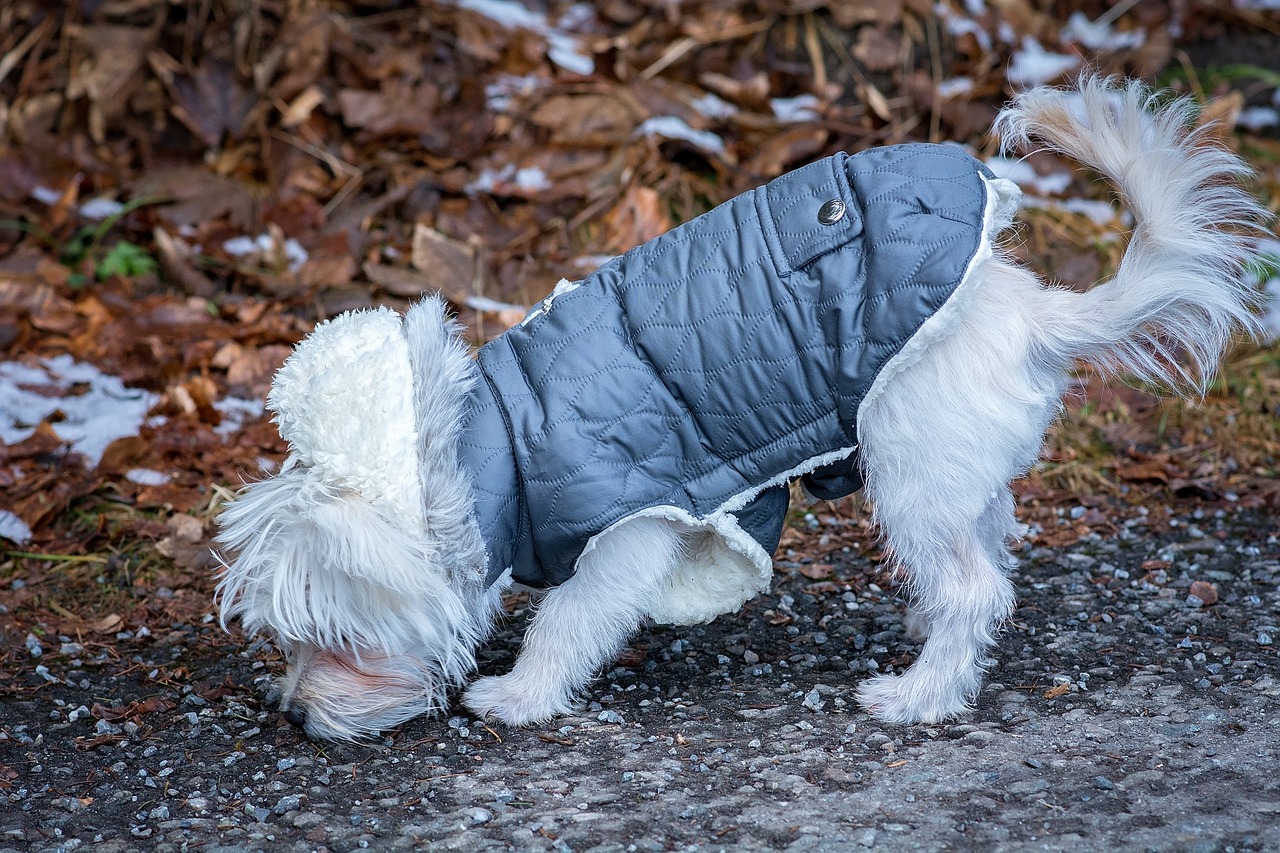
Learn To Sniff Like A Dog And Experience The World In A New Way NPR June 08, 2017
This is the story of a psychologist who trains herself to experience odors the way dogs do…the nose on the ground!
The author reframes how the sense of smell is important in the early stage of our lifespan, even in the womb where the flavors of the food eaten by the mother can impact the newborn future food preferences.
She narrates her journey to experience the world like a dog by being more attentive to the surrounding smells.
“Even after spending months learning how to smell like a dog, observing detection dog training, following truffle dogs, and accompanying my own dog train in the sport of "nose work", I feel certain: I don't experience the world my dog does. But my own world is changed: It smells. And by smelling intentionally instead of just letting smells happen to me, odors have lost their simplicity.”
Home > Wine Science Corner
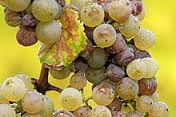

New! Comments
Have your say about what you just read! Leave me a comment in the box below.